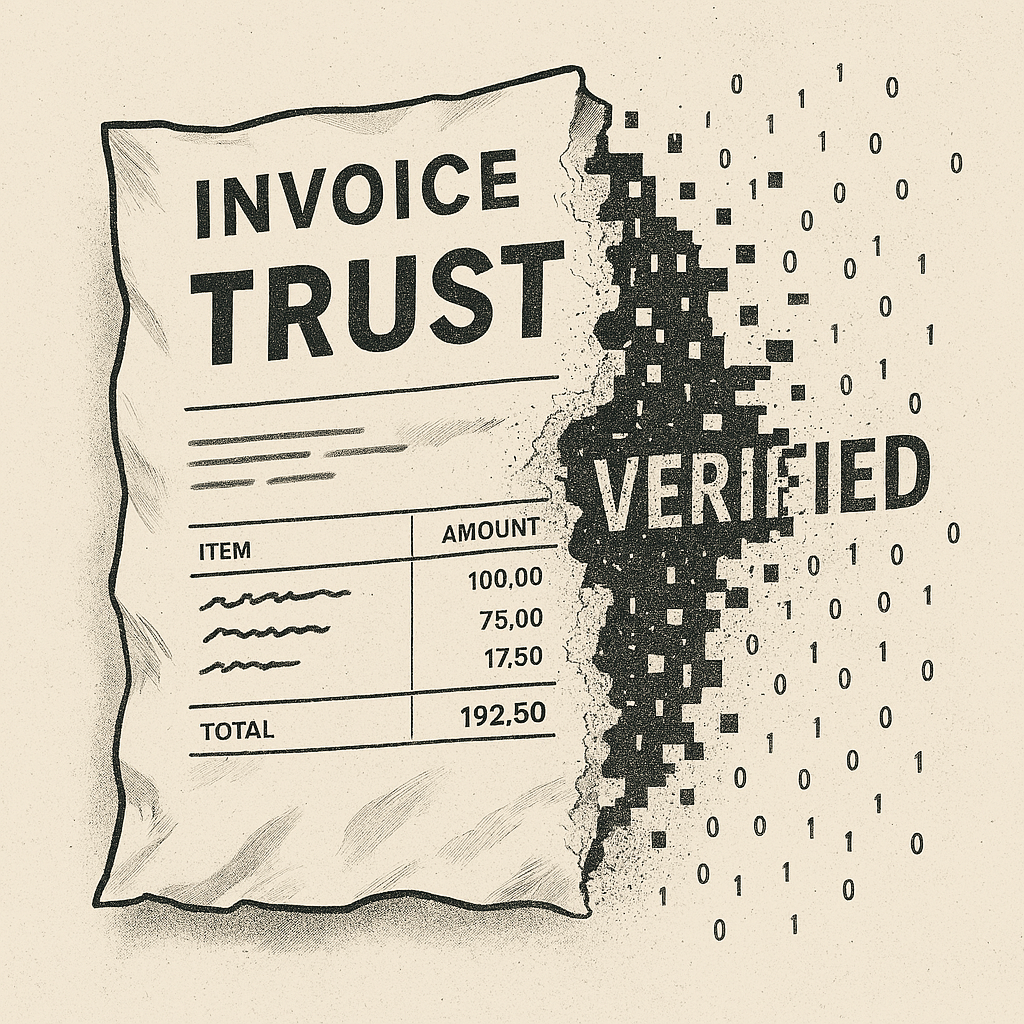I was reading a post on LinkedIn, and I wanted to see how plausible this actually was.
I asked ChatGPT to generate a hotel invoice. Nothing extravagant just a mid-range business hotel, a two-night stay, itemized charges for parking and breakfast, a company header with a logo placeholder, a street address, a booking reference, and even a tax ID. Within seconds, I had a completely fabricated but totally convincing document. The irony is I just came from back a hacking and cypher conference last week in Milwaukee. #CypherCon
No design software. No templates. Just a prompt and a few descriptive details.
Now imagine that invoice gets submitted as part of a monthly reimbursement report. Would it be flagged? Would it get a second look? In a lot of organizations that rely on automated expense software, probably not. Can you outsmart the AI with generated AI?
And that’s the problem.
AI has officially made it effortless to fake financial documents. Receipts, invoices, tickets, contracts – you name it. What used to require Photoshop skills or shady third-party sites can now be generated in seconds by anyone with a keyboard and the right words.
If I were dishonest (I’m not), I could have submitted that fake invoice and gotten reimbursed without a second glance. In my case I am submitting to myself, which creates a whole other fun scenario.
And I’m just one person with a passing curiosity. Scale this up to a company of thousands, or fraud rings deliberately exploiting the tech, and the implications become massive.
We’re looking at a new era of:
- Financial fraud
- Expense report manipulation
- Tax evasion
- Fake vendor accounts
- Identity spoofing
Traditional fraud detection systems – manual verifications, spot checks, or even basic pattern recognition aren’t built to spot something this sophisticated. AI-generated deception blends in almost too well.
What do we do? We upgrade – fast.
🔹 AI-powered forensics – We need systems that detect the subtle fingerprints of AI-generated content
🔹 Blockchain validation – Immutable, timestamped records can verify real transactions and documents
🔹 Multi-step authentication – Verifying not just documents, but the context and origin behind them
🔹 Human-AI fraud teams – Training people to think like fraudsters and spot synthetic forgeries
But this isn’t just about preventing financial loss. It’s about something bigger—trust.
When anyone can fabricate an expense, a document, or even a human face, the foundational assumption that people are acting in good faith starts to erode. Once trust is undermined, everything else—culture, security, accountability—starts to unravel.
And that’s exactly what my book Undermined explores.
It’s a story about deception, power, and what happens when the systems we count on start quietly falling apart. If this kind of erosion of trust and manipulation of perception fascinates (or terrifies) you, you can find Undermined now on Amazon.
Tonight, I faked a hotel invoice. Tomorrow, someone else might fake your identity.
The tools are out there. The question is – are we ready?
